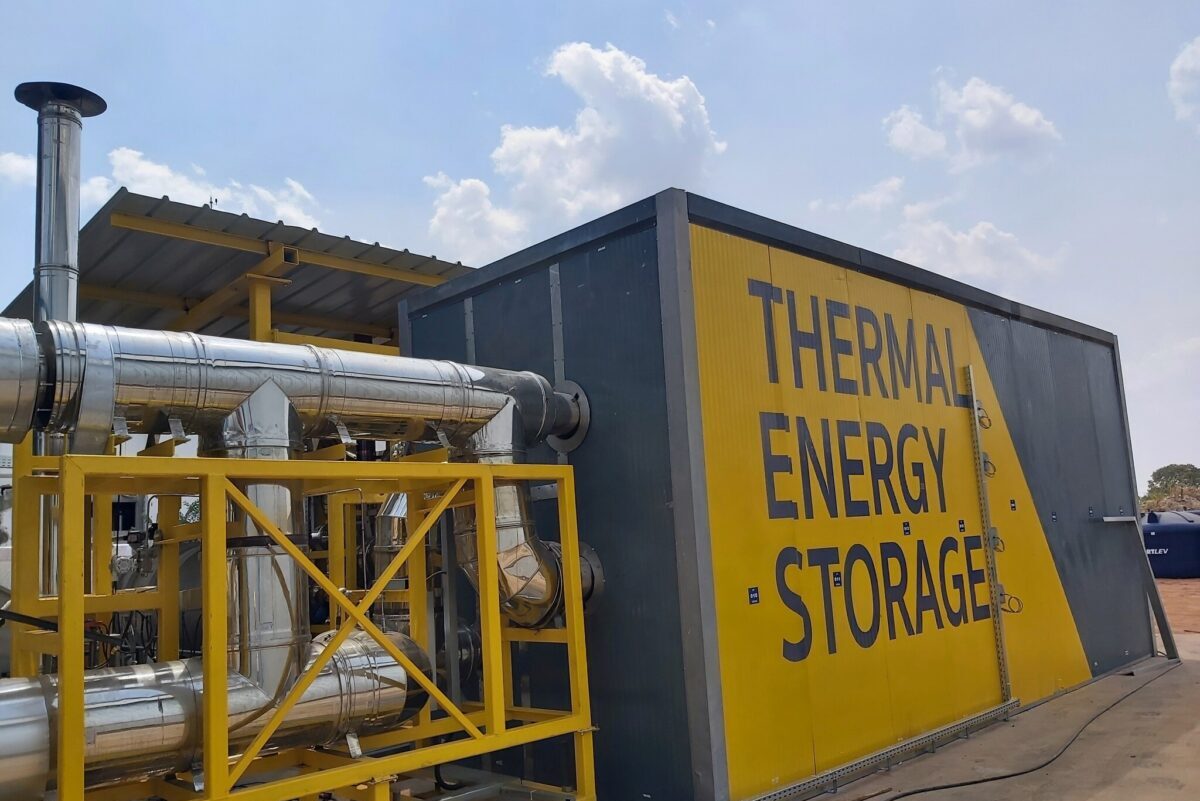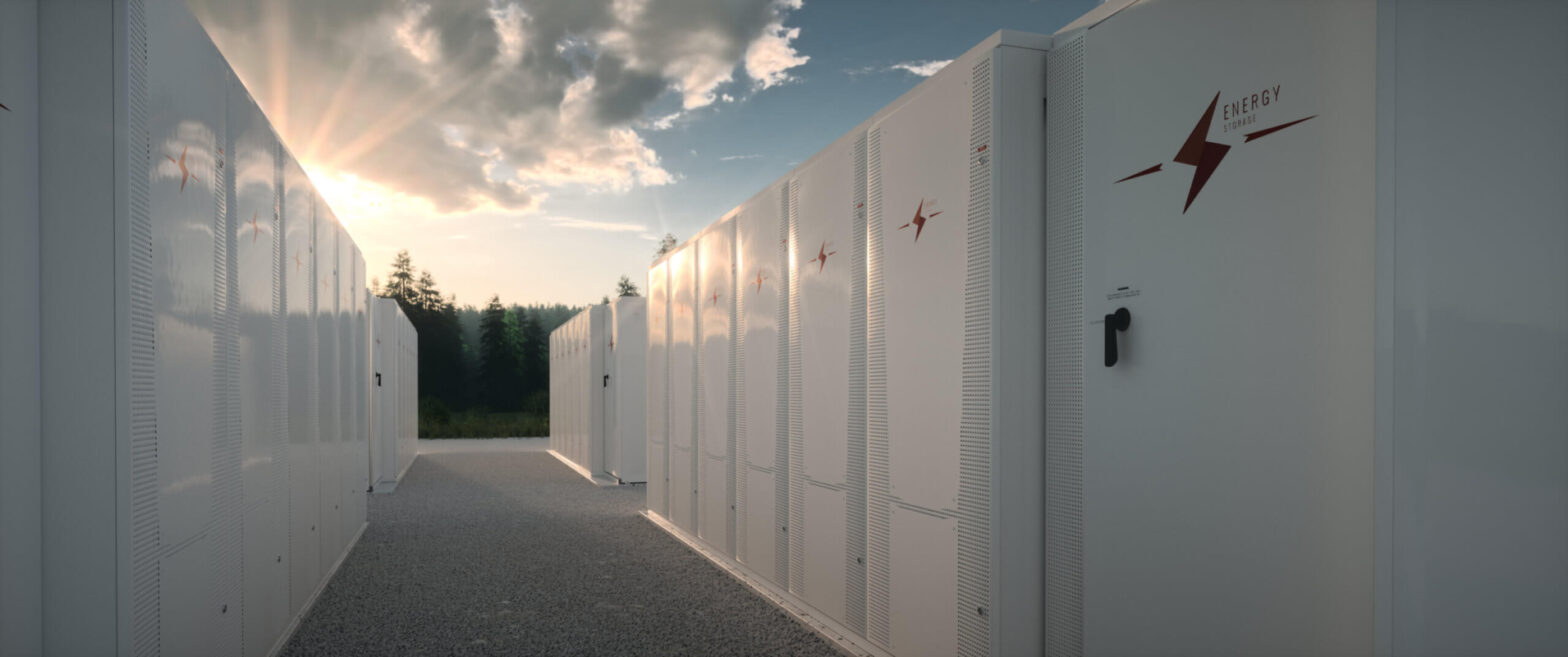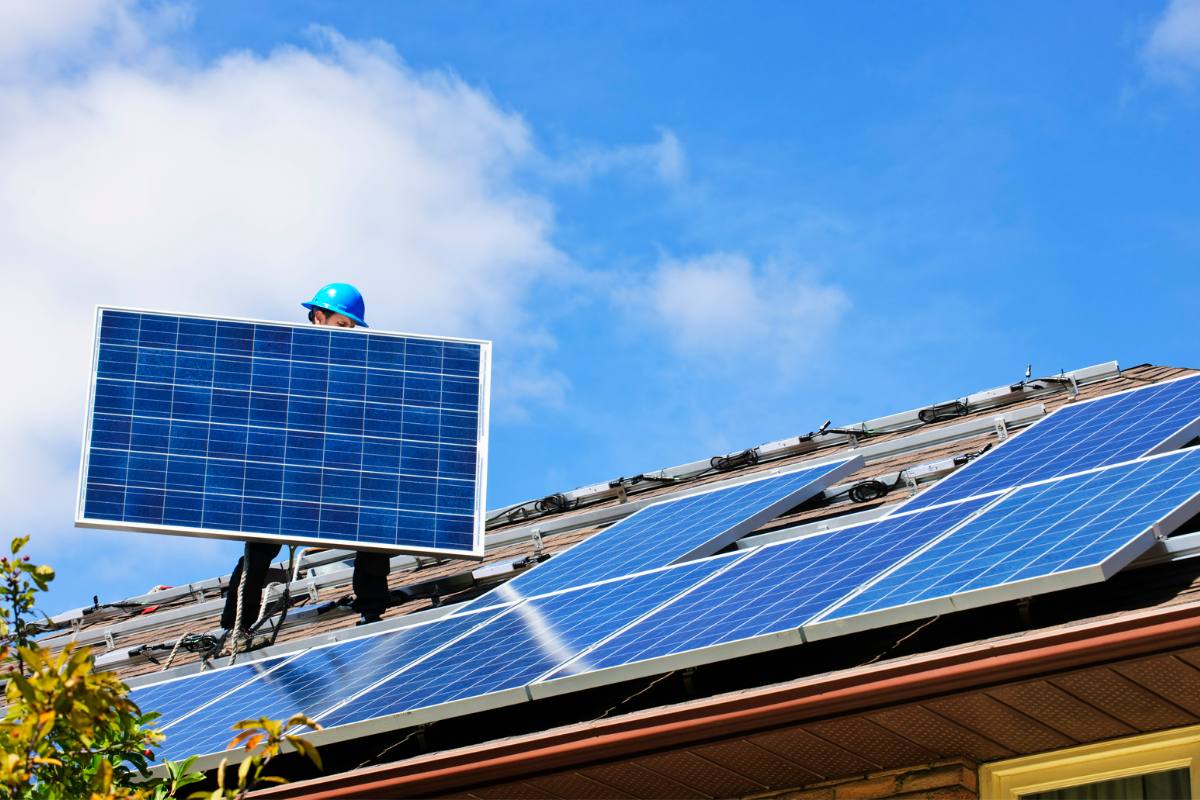Solar panel systems have emerged as one of the world’s fastest-growing sources of energy in Canada. Solar energy is abundant, affordable, and uses systems that are relatively easy to implement.
However, there is one significant drawback: solar power systems only create electricity when the sun is out. So what about nights and overcast days? Luckily, we now have a simple solution to this problem: solar power storage.
The following is a list of the many solar power storage technologies that are currently available.
Thermal Storage
In physics, a material receives energy as its temperature goes up and loses it when its temperature decreases. Using this theory allows you to employ different materials with varied thermophysical behavior to get different outcomes, which can result in alternative thermal energy storage solutions.
In its most basic form, this could imply employing a water reservoir for heat storage. In this case, the energy is then retained in the water for usage when energy is scarce. Thermal energy storage may also be employed to manage energy use between daylight hours and nighttime.

Mechanical Storage
Mechanical energy storage technologies store supplied energy by utilizing kinetic forces. While the science of mechanical systems is often relatively simple, the systems that allow for the efficient and successful use of these energies are quite complex.
Mechanical energy storage devices have been used to provide reliable, on-demand electricity for cities and industries since the 1870s. High-tech components, cutting-edge computer management systems, and imaginative design make those systems practical in real-world applications.
Battery Storage
Battery storage devices are intended to store excess energy generated by your PV system. Excess energy will be automatically diverted to your battery by the integrated battery management mechanism.
Battery storage may not be appropriate if your system takes all of the energy provided by your PV system. However, if there is surplus output, it could be a fantastic method to cut your energy bill even further.
The size of the deployed battery should be proportional to your electricity use and the capacity of the PV system. Installing a battery that is too small may result in you not saving as much electricity as needed, while installing a battery that is too large may result in you not making effective use of the capacity you have purchased.



